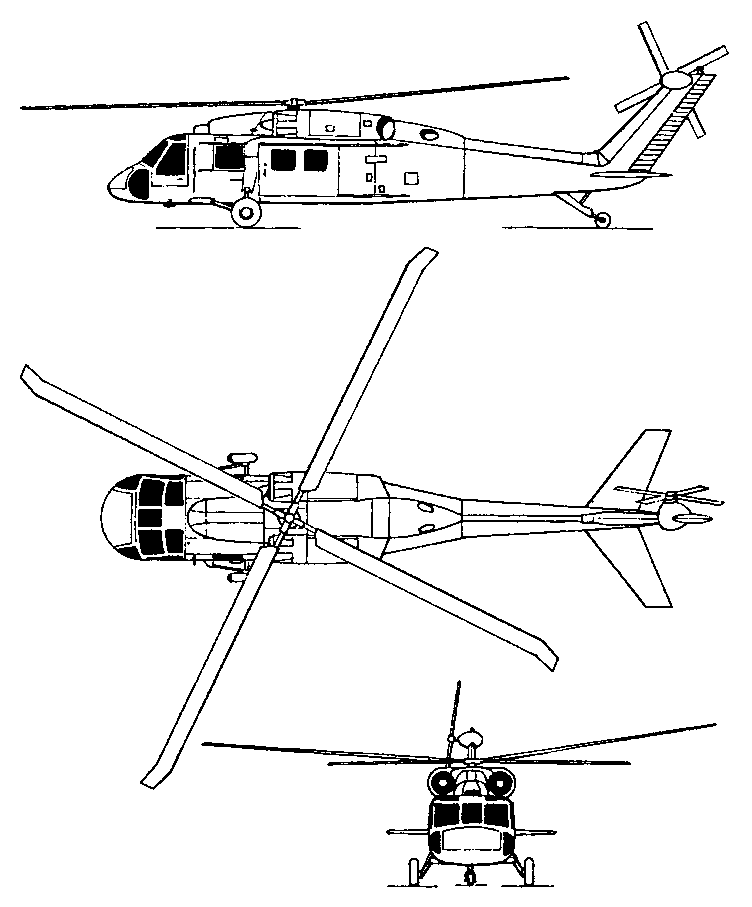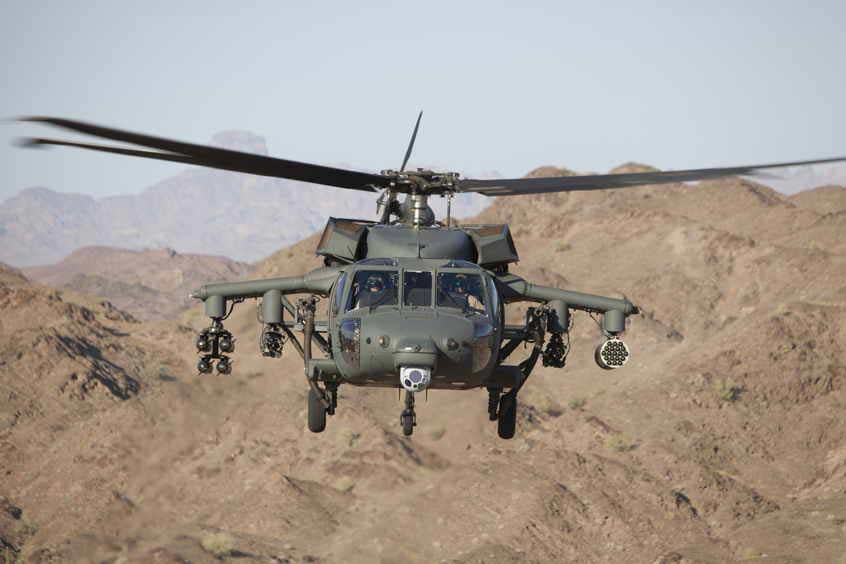A Take a look at the Sikorsky S 70's Function in Army and Civil Aviation
A Take a look at the Sikorsky S 70's Function in Army and Civil Aviation
Blog Article
High-Performance Multi-Role Rotorcraft Featuring Advanced Cockpit Technologies and Integrated Sensor Systems
The world of rotorcraft modern technology has seen significant advancements in current times, specifically in the realm of high-performance multi-role rotorcraft equipped with cutting-edge cockpit technologies and perfectly incorporated sensor systems. In the following conversation, we will check out the evolution of rotorcraft modern technology, delve into the realm of innovative cabin innovations, and check out the ramifications of incorporated sensor systems on the operational adaptability and effectiveness of modern rotorcraft.
Advancement of Rotorcraft Innovation
The evolution of rotorcraft innovation has actually been noted by substantial improvements in aerodynamics, products, and propulsion systems, shaping the capacities and performance of contemporary rotorcraft. Wind resistant improvements have actually enhanced the effectiveness and maneuverability of rotorcraft, enabling for increased speed, agility, and stability during flight (sikorsky s 70). Innovations in products, such as using composite products and advanced alloys, have caused lighter yet more powerful rotorcraft frameworks, enhancing overall performance and sturdiness. Furthermore, developments in propulsion systems, consisting of more effective engines and ingenious propulsion modern technologies, have actually made it possible for rotorcraft to achieve higher elevations, faster speeds, and higher hauls.
These advancements have not just transformed the capabilities of rotorcraft but have also expanded their applications across numerous markets, including armed forces, industrial, and emergency services. The continual evolution of rotorcraft innovation proceeds to drive technology in the area, pressing the boundaries of what is feasible and forming the future of upright flight.
Advanced Cabin Innovations
Structure upon the fundamental developments in the rules of aerodynamics, materials, and propulsion systems, the world of rotorcraft modern technology now moves focus towards pioneering Advanced Cockpit Innovations. The integration of innovative innovations within the cabin setting plays a critical function in boosting the operational capabilities, safety and security, and effectiveness of modern rotorcraft. sikorsky s 70. Advanced Cockpit Innovations incorporate a vast variety of functions developed to supply pilots with improved situational understanding, streamlined data monitoring, and instinctive control interfaces
Among the vital improvements in cockpit design is the execution of glass cabins, which replace traditional analog assesses with high-resolution displays. These electronic systems provide personalized designs, real-time data combination, and boosted readability, making it possible for pilots to gain access to crucial details at a glance. Advanced avionics systems, such as fly-by-wire controls and boosted reality displays, are transforming exactly how pilots interact with the airplane, enabling for specific control and improved decision-making abilities.


Integrating innovative cockpit technologies not just boosts pilot performance however additionally adds to general mission effectiveness and security in complex operational environments. By leveraging cutting edge technologies within the cockpit, rotorcraft producers are establishing brand-new requirements for functional quality and objective success.
Integrated Sensing Unit Equipments
With the advancement of rotorcraft modern technology, the integration of sophisticated Integrated Sensor Systems has actually ended up being vital in improving functional efficiency and security. These Integrated Sensing unit Systems incorporate a wide variety of technologies that offer critical information for various functions such as navigation, monitoring, targeting, and ecological surveillance. By effortlessly incorporating sensing units like radars, cameras, lidar, and infrared systems right into rotorcraft, drivers can profit from boosted situational recognition, improved mission abilities, and minimized pilot workload.
One secret benefit of Integrated Sensor Solutions is their capacity to collect real-time information and provide workable insights to pilots and goal drivers. For instance, advanced radar systems can discover and track targets over fars away, enabling early risk discovery and effective feedback preparation. Additionally, integrating electro-optical and infrared cams enables rotorcraft to carry out reconnaissance and surveillance goals with accuracy and precision.
Fundamentally, the integration of advanced sensing unit modern technologies into rotorcraft not just boosts operational performance but additionally contributes significantly to total mission success and team safety and security. As rotorcraft remain to advance, the click to read more duty of Integrated Sensing unit Systems will unquestionably stay at the leading edge of advancement in the aerospace industry.
Functional Flexibility and Performance
Enhancing operational convenience and effectiveness in rotorcraft is an all-natural progression from the combination of advanced Integrated Sensing unit Systems. By leveraging the understandings and data supplied by these sophisticated sensor systems, rotorcraft can optimize their efficiency across different objectives and settings.
Functional adaptability includes the capability of rotorcraft to adapt to different functions and circumstances efficiently. With advanced cabin technologies and integrated sensor systems, rotorcraft can perfectly shift between jobs such as search and Full Report rescue, medical emptying, security, and a lot more. This adaptability boosts the rotorcraft's capacity to fulfill diverse operational demands without calling for comprehensive reconfiguration.
Effectiveness in rotorcraft operations is important for maximizing objective efficiency and source utilization. Integrated sensing unit systems play an essential function in improving functional efficiency by giving real-time information on weather, surface mapping, target monitoring, and extra. This information allows pilots to make educated decisions swiftly, maximize flight paths, save fuel, and enhance overall mission productivity.
Effect on Modern Aeronautics Operations

Additionally, the assimilation of sophisticated sensing units assists in boosted mission planning and execution, making it possible for rotorcraft to carry out a wide variety of jobs with boosted accuracy. From search and rescue operations to airborne firefighting and regulation enforcement missions, the abilities of modern rotorcraft furnished with innovative cabin technologies and integrated sensor systems are unparalleled.
Furthermore, the influence of these innovations extends past functional performance to cost-effectiveness and sustainability. By optimizing flight courses, fuel consumption, and maintenance timetables, high-performance rotorcraft geared up with innovative cabin modern technologies and sensing units contribute to reducing operational expenses and environmental influence, making them indispensable possessions in modern-day aeronautics operations.
Verdict
Finally, the high-performance multi-role rotorcraft with advanced cabin technologies and integrated sensing unit systems stands for a substantial evolution in air travel technology. These advancements boost operational adaptability and efficiency, inevitably impacting modern-day aeronautics procedures in a positive method. The assimilation of these innovative technologies enables for boosted capabilities and efficiency in numerous goal circumstances, showcasing the proceeded innovation of rotorcraft innovation in the air travel sector.
The world of rotorcraft modern technology has actually seen noteworthy advancements in current times, particularly in the world of high-performance multi-role rotorcraft outfitted with innovative cockpit technologies and effortlessly integrated sensor systems. From boosted objective adaptability to boosted functional effectiveness, the merging of advanced cabin innovations and integrated sensing unit systems has actually ushered in dig this a brand-new age of possibilities for rotorcraft applications. In the following conversation, we will certainly discover the advancement of rotorcraft innovation, dive right into the world of innovative cabin developments, and take a look at the effects of incorporated sensor systems on the operational versatility and performance of modern-day rotorcraft.

Report this page